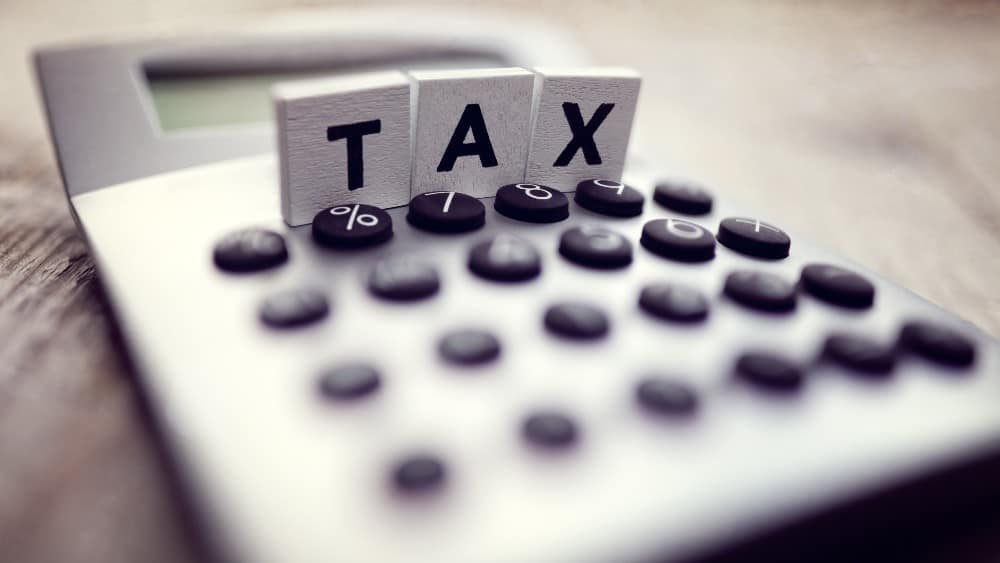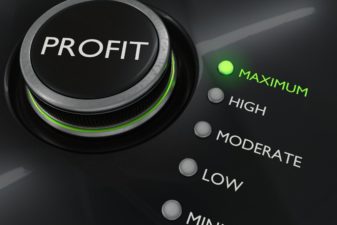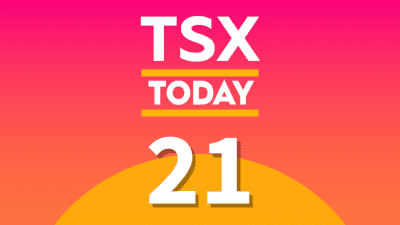The Canada Emergency Business Account (CEBA) is a loan offered by the Canada Revenue Agency (CRA). The goal is to allow an interest-free loan for businesses trying to get back on their feet during the COVID-19 pandemic. So let’s dig into how it works, and whether you can apply for this benefit.
What you can claim
The CEBA loan provides interest-free, partially forgivable loans of up to $60,000. These can be given to small businesses and not-for-profits that have had far less revenue because of the pandemic.
These businesses also face ongoing costs that simply must be paid, such as rent, taxes and wages. That way\, businesses can continue to finance expenses and hopefully navigate during another shutdown, for example.
So, you get a tax-free loan, and that’s great on its own. However, the CRA recently expanded the CEBA to include another interest-free $20,000 loan, 50% of which is forgivable if paid before Dec. 31, 2022! The loan before was $40,000, bringing the total loan amount to $60,000 for eligible businesses.
If paid in full by the due date, you can be forgiven 25% on the original $40,000, and 50% on the additional $20,000. That’s a total of $20,000 in forgiven loans! So how do you find out if you’re eligible?
The requirements
The be absolutely certain you can apply for the CEBA, I recommend checking out the online tool found here. However, I’ll also briefly go over the eligibility requirements before you dive deep into a CRA tool.
First, applicants would be eligible based on their 2019 payroll amount, or 2020 non-deferrable expenses. This would include those wages and taxes discussed earlier. These are the two areas that could allow you to claim the CEBA loan.
First, there’s the payroll amount. If you pay between $20,000 and $1.5 million in employment income, you could apply for a loan. If you have expenses that can’t be held off while you try and make ends meet, paying less than $20,000 in annual employment income, then you could also apply. This could also affect self-employed individuals.
Beyond these basic eligibility requirements, you must have a CRA business number, a dedicated business bank account, and intend to continue operating your business.
If you fall into the non-deferable expenses category, you will also have to prove your expenses fall between $40,000 and $1.5 million, and have filed your 2019 and/or 2018 tax return. For further questions related directly to your situation, you can check them out here.
Prepare for another fall
If you’re a self-employed individual and want to prepare for another market downturn, you can invest your loan while you pay down your expenses and employees. It should not be risky, of course, but instead you can invest using a Tax-Free Savings Account (TFSA) so that your loan is making money while you pay down expenses.
A great option would be to invest in a solid company like bank stocks. The largest bank by market capitalization is currently Royal Bank of Canada (TSX:RY)(NYSE:RY), and the stock has already reached pre-crash norms. However, during another market crash you could pick this stock up for cheap.
You can then let it rise until you must pay the full loan amount on December 31, 2022. Meanwhile, you’ll also be receiving a strong dividend yield that’s actually increased during this market crash!
Bottom line
Let’s say you invest that $60,000 into Royal Bank and it grows at the same amount as it has during the last several years. With dividends reinvested, you could turn that $60,000 into $$83,268.54 in just two years! And that’s without accounting for a market downturn. That’s if you bought it at the cost of shares today!
You’ve now done a couple of things. You’ve prepared your loan for repayment, and have $20,000 in cash at the end of the day because you’ve paid it all back! You also have money set aside for the future, should more market crashes occur. Finally, you’ve saved your business and can look forward to another day working at the job you love.









